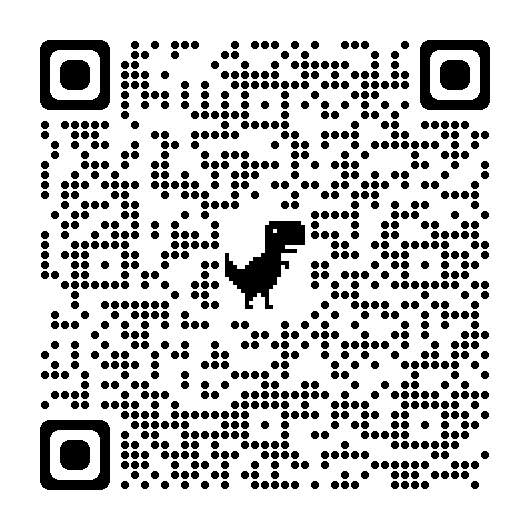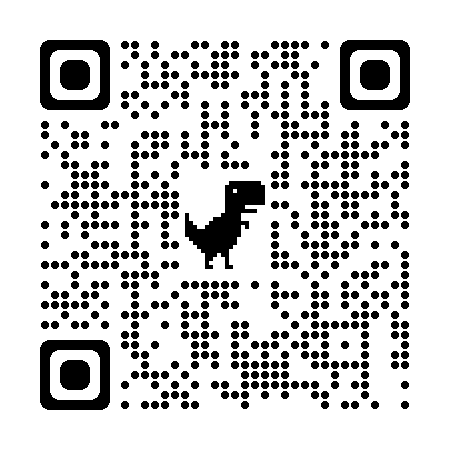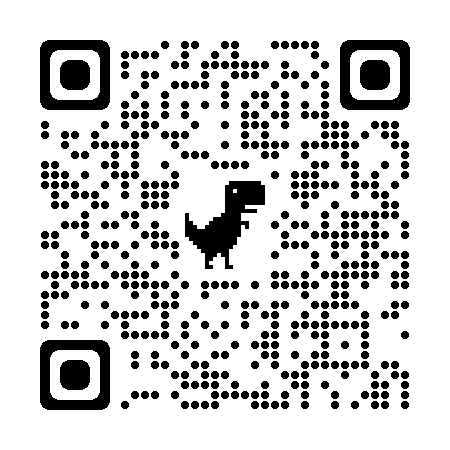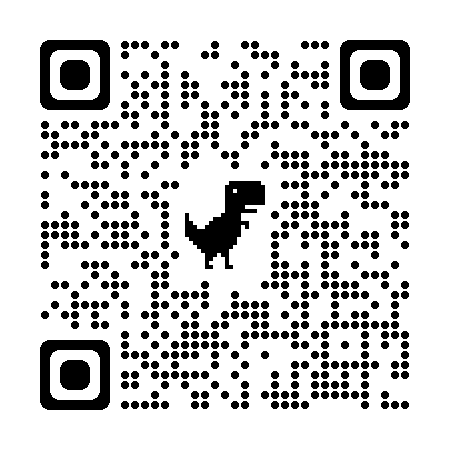
Exploring the Enigmatic:
Navigating JavaScript's Uncharted Realms
Luca Del Puppo



I want to be honest
Today, I'll talk about something that common developers don't use directly in the daily.
But probably the frameworks use these things for them, under the hood.


Luca Del Puppo
- Senior Software Developer
- JavaScript enthusiast
- TypeScript lover
- “Youtuber”
- “Writer”
Love sport: running, hiking
Love animals




const button =
document.createElement('button');
button.clicked = false;
button.addEventListener('click', () => {
button.clicked = true
});writable
enumerable
configurable


Object Property Descriptors
Syntax
const person = {};
Object.defineProperty(person, 'name',
{
value: 'Alice',
writable: false,
enumerable: true,
configurable: false
}
);
Syntax
const animal = {};
Object.defineProperties(animal, {
name: {
value: 'Dog',
writable: true
},
sound: {
value: 'Woof',
enumerable: false
}
});
Syntax
const myObj = { age: 30 };
const descriptor =
Object.getOwnPropertyDescriptor(myObj, 'age');
console.log(descriptor);
/* Output:
{
value: 30,
writable: true,
enumerable: true,
configurable: true
}
*/

Common usage
Objects Property Descriptors are used when we want to define every single behaviour of the properties.
By default every attribute is set to true.

Characteristics
- permit to define every attribute of every property
- allow to configure the property once and than it's "immutable"
- allow to configure a property read-only
- allow to hide a property from the enumaration

const button =
document.createElement('button');
Object.definedProperty(button, 'clicked', {
value: false,
writable: true,
enumerable: false,
configurable: false
})
button.addEventListener('click', () => {
button.clicked = true
});
Symbols
Syntax
const propSymbol = Symbol("propName");
const propSymbol2 = Symbol("propName");
propSymbol === propSymbol2 // false

Don't do this
const propSymbol = new Symbol("propName");


Common usage
Symbols are often used as property keys in objects to ensure uniqueness and prevent naming collisions.

Example
const nameSymbol = Symbol("name");
const surnameSymbol = Symbol("surname");
const person = {
name: 'John',
surname: 'Doe',
[nameSymbol]: "Jane",
[surnameSymbol]: "Blue"
}

Characteristics
- unique
- live for the entire lifecycle of your application
- not enumerable (hidden from for...in and Object.keys)
- use Object.getOwnPropertySymbols() to get them


What about sharing Symbols
Global Symbol Registry
// my-module-1.js
export const propSymbolShare = Symbol.for("propName");
// my-module-2.js
export const propSymbolShare = Symbol.for("propName");
// index.js
import { propSymbolShare as propSymbolShareM1 } from './my-module.js'
import { propSymbolShare as propSymbolShareM2 } from './my-module-2.js'
console.log(propSymbolShareM1 === propSymbolShareM2); // true

Well-Known Symbols
Well-known symbols are predefined global symbols that represent common behaviours in JavaScript, such as Symbol.iterator, Symbol.asyncIterator, Symbol.toStringTag, and Symbol.species.

Example
function Range(start, end) {
this.start = start;
this.end = end;
this[Symbol.iterator] = function*() {
let current = this.start;
const last = this.end;
while (current <= last) {
yield current++;
}
}
return this;
}
for (let num of new Range(1, 10)) {
console.log(num);
}
const ClickedSymbol = Symbol('clicked')
const button =
document.createElement('button');
button[ClickedSymbol] = false
button.addEventListener('click', () => {
button[ClickedSymbol] = true
});

WeakMaps
Syntax
const weakmap = new WeakMap();
const key = { name: "John Doe" };
weakmap.set(key, "Some value");
const value = weakmap.get(key); // "Some value"
weakmap.delete(key); // true
weakmap.has(key); // false
Common usage
WeakMap offers several practical applications in JavaScript:
- Privacy and Encapsulation
- Memory Management
- Caching

Characteristics
- a Map but with only objects as keys
- manage memory management

Limitations
-
Keys must be objects
-
No built-in iteration methods: such as
forEachorentries. -
No
clearmethod

const ClickedWeakMap = new WeakMap()
const button =
document.createElement('button');
ClickedWeakMap.set(button, false)
button.addEventListener('click', () => {
ClickedWeakMap.set(button, true)
});

WeakSets
Syntax
const weakSet = new WeakSet();
const obj1 = {};
weakSet.add(obj1);
console.log(weakSet.has(obj1)); // true
weakSet.delete(obj1);
console.log(weakSet.has(obj1)); // false

Common usage
WeakSet offers several practical applications in JavaScript:
- Managing DOM Elements
- Private Data Storage

Characteristics
- a Set but with only objects
- manage memory management

Limitations
-
Accepts only objects
-
No built-in iteration methods, such as
forEachetc. etc. -
No
clearmethod

const ClickedWeakSet = new WeakSet()
const button =
document.createElement('button');
button.addEventListener('click', () => {
ClickedWeakSet.add(button)
});

Proxies
Syntax - get
const target = { age: 31 };
const handler = {
get(_target, prop) {
if (prop === "birthYear") {
return new Date().getFullYear() - _target['age'];
}
return _target[prop];
}
};
const proxy = new Proxy(target, handler);
console.log(proxy.birthYear); // 1992
Syntax - set
const target = { age: 25 };
const handler = {
set(_target, prop, value) {
if (prop === "age"
&& (typeof value !== "number" || value < 0 || value > 150))
throw new TypeError("Invalid age value");
_target[prop] = value;
return true;
},
};
const proxy = new Proxy(target, handler);
proxy.age = 30; // Works fine
proxy.age = "thirty"; // Throws TypeError: "Invalid age value"Others traps
- has
- apply
- constructor
- deleteProperty

Common usage
- Validation and Constraints
- Logging and Profiling
- Reactivity

const handlers = {
set(t, p, v) {
if (p === 'clicked')
throw new Error('You cannot change this')
t[p] = v
}
}
const button = document.createElement('button')
button.addEventListener('click', () => {
button.clicked = true
});
const wrappedButton = new Proxy(button, handlers)

Reflect
Syntax
const numbers = [1, 2, 3];
const sum = (a, b, c) => a + b + c;
// Using Reflect.apply()
const result = Reflect.apply(sum, null, numbers);
console.log(result); // Output: 6
Syntax
const obj = { x: 42, y: 'hello' };
// Using Reflect.get()
const value = Reflect.get(obj, 'x');
console.log(value); // Output: 42
Syntax
const obj = { x: 42 };
const newObj = Object.create(obj);
// Using Reflect.set()
Reflect.set(newObj, 'x', 13);
console.log(newObj.x); // Output: 13
Syntax
const obj = {};
// Using Reflect.defineProperty()
Reflect.defineProperty(obj, 'x', {
value: 42,
writable: false
});
console.log(obj.x); // Output: 42
Syntax
const obj = { x: 42, [Symbol('key')]: 'symbolValue' };
// Using Reflect.ownKeys()
const keys = Reflect.ownKeys(obj);
console.log(keys); // Output: ['x', Symbol(key)]
Why should I dive into Reflect when there are other ways to manipulate and inspect JavaScript objects?


Some points
- Functional Paradigm
- Enhanced Error Handling
- Proxy Integration
- Consistency and Predictability


DEMO

Conclusion
Conclusion
- JavaScript is awesome 🚀
- Different ways exist to do the same stuff but with different trade-offs and results.
- Pay attention to what the other can do with your objects
- JavaScript gives us the Power. But with great power comes great responsibility.
- You use all these features daily, so be confident about what libraries do for us. It's important

Slides

Image by catalyststuff on Freepik

Code

Image by catalyststuff on Freepik

YouTube Videos & Blog Posts

Javascript you don't know



Luca Del Puppo

@puppo92
Luca Del Puppo
Puppo_92
@puppo






We are hiring


